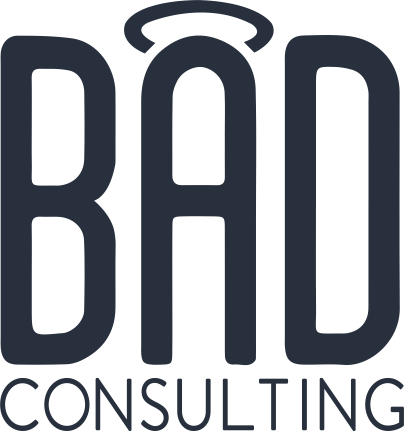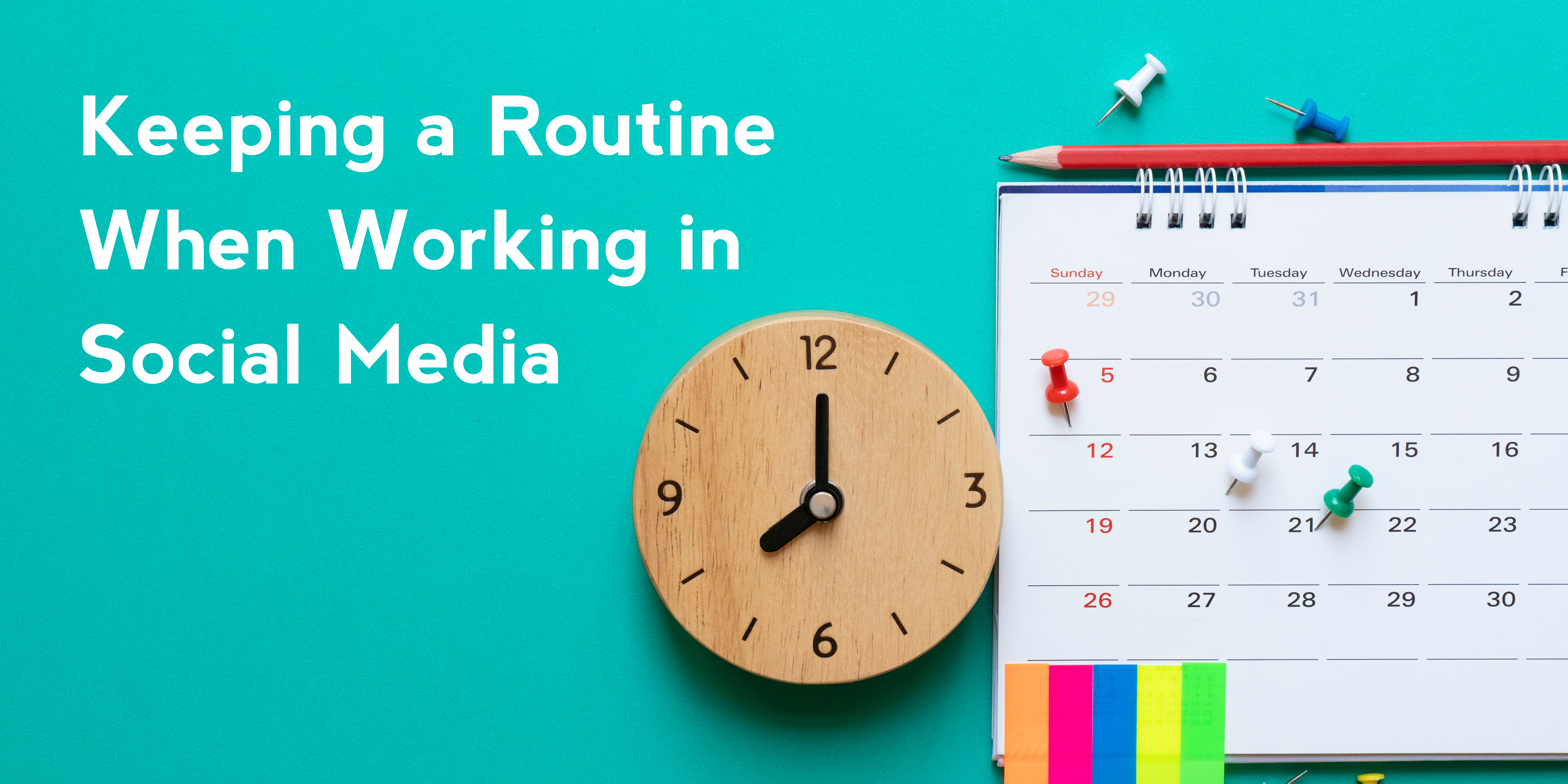It’s so easy to throw out a routine when you work in social media. You have to work odd hours (sometimes in addition to the regular office hours), and before you know, you’ve slipped into complete chaos.
But a routine is your friend. It helps you maintain a life-work balance and prevents burn out. You will easily extend the amount of time you work in social media and create better content. Yes, a routine can help you create better work. That is because you are prioritizing rest and letting your brain take a break from work. Let’s take a look at how to get there.
Turn the alerts off on your phone
The first step in establishing a routine is to get rid of anything that will unnecessarily interrupt that routine. And those alerts are probably the biggest interruption possible.
Look, if I were to leave all of the alerts on, my phone would be going off every minute. Constantly looking at my phone won’t help me get any work done.
I have simplified my alerts down to messages and neighborhood safety alerts. That’s it. Everything else can wait until I actively choose to engage in them.
You might be saying to yourself, “BUT I HAVE TO RESPOND TO ALL THE COMMENTS AND MESSAGES!” Yes, absolutely. But you don’t have to let them constantly take you out of other work. I do an hourly check-in on every account, and that’s usually more than enough. In fact, it’s sometimes overkill. Fans still get prompt answers, and I’m able to be in control of my day.
And like everything, there is an exception to the rule. On days that I know something controversial and/or popular is going to be posted, I schedule time into my day to babysit it much more closely. But that time is worked in. And when an emergency happens, obviously I drop the routine to focus on comments and messages. Most times, however, the once an hour check-in is more than okay.
Know when your best working times are
The foundation of any good routine is knowing how you work. For example, I know in the morning that I am working around my daughter and can’t really do any head down work. So that’s when I do most of my scheduling and responding to messages. Basically, I’m doing anything that doesn’t require any creative thought. In the afternoons, my daughter takes her nap, and my head goes down for all of that creative work.
Your best working times are probably not as straightforward as mine, because you’re probably not working around the whims of a toddler (lucky you). So you need to be aware of your moods throughout the day (or week) and when you are more likely to go head down. And more importantly, pay attention to when you drift off and working feels almost impossible. Keeping this timing in mind as you create your routine will make you more successful.
Create your routine
Group tasks
We all tend to have tasks that fit into certain categories. I have my writing tasks, business tasks, scheduling, graphic design, editing, planning, etc. I know the each task requires a different level of concentration. For example, I can easily write just about anything with little concentration. But on the editing end? That’s more of a head down task for me just to make sure I get it right. And business tasks? For whatever reason, those tend to take more brainpower from me. Everything else seems to fall somewhere in the middle of these.
So your next step is to group your tasks into different categories. Know how much time you usually need for each as well as the brainpower they each tend to need.
Build the puzzle
You have a lot of data now about how you work. So let’s build from it.
You have a couple choices as to how you do this. I prefer keeping my daily routine pretty similar, but some people prefer to build the routine over the course of the week. Whichever you choose, make sure you are doing the same category of tasks at about the same time consistently. Why? Because as you start internalizing this routine, your body will just take over. You won’t have to think about what you’re supposed to be doing. By keeping it consistent, you allow your body the ability to get to that. But if you constantly are being interrupted and have to do other things at the time, you won’t ever get there.
And as you are matching categories of tasks to times on your schedule, don’t forget about doing those things that make you human. When will you consistently eat lunch? When will you take breaks? Figure things like this into your schedule so that you can consistently keep up doing the other tasks. The worst thing you can do is overload your schedule with no room for taking care of yourself. Your routine will become impossible to keep up simply because you need to take care of yourself. There are just no ifs, ands or buts about that.
Test it out
It would be nice if you got your new routine right the very first time, but the chances are slim. I would give it a week while taking copious notes about how much you are getting done and what might not be working. At the end of the week, look at it all and start moving pieces of the puzzle around to adjust. Keep doing this until you feel like it’s working for you.
Commit
Once you get to a place where it all feels good, commit fully to your new routine for at least thirty days. A habit takes thirty days to become second nature, and a routine is the same. The more second nature you can make your routine, the more you can focus on doing work and not thinking about what you need to do next. And that will help you get loads more work done.
Are you using a routine to get more work done? How is it working for you?

